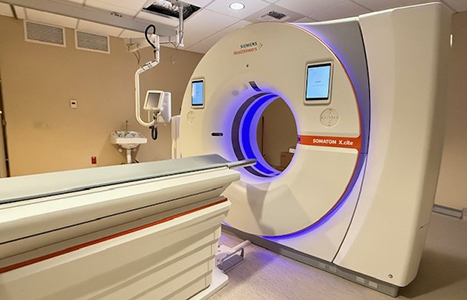Part 2
— Orcasional Musings by Steve Henigson —

There were regularly-scheduled passenger boats to the islands in 1860, but they were British, and they carried the Royal Mail from Victoria to San Juan Island. They weren’t much help getting from the islands to the U.S. mainland, but that didn’t matter much to Orcasians, since there weren’t many people living on Orcas at the time.
When there was a significant Orcasian population, starting around 1876, U.S. Mail boats ran on schedule to and from the mainland, and they stopped at Lopez, Orcas, and San Juan. These boats came from Anacortes, Port Townsend, Bellingham (at that time named New Whatcom), and Seattle, and their owners and captains were happy to carry paying passengers and freight.
Scheduled boat runs brought tourists, so hotels and boarding houses sprang up on Orcas, and they advertised for customers in the Seattle and Bellingham newspapers. They touted themselves as resorts, places for rest and relaxation, destination locations where visitors could explore what Robert Moran called “the wild and scenic beauty” of the island by boat, afoot, on horseback, or in a buggy, and, starting in about 1905, by automobile.
Going in the opposite direction, the main commercial cargoes were the products of Orcasian fruit trees and strawberry fields. The mainland just couldn’t get enough of Orcas Island’s apples, pears, peaches, and plums, and strawberries preserved in sugar. And Orcasians could “visit the U.S.” to shop for clothes and housewares in towns and cities with well-stocked, full-service businesses.
Regularly-scheduled shipping now stopped at Olga, Orcas Village, Newhall (which soon became Moran’s Rosario), East Sound Village, West Sound, and Deer Harbor. A broadside from 1928 explains that the motor vessel Speeder would leave Bellingham at 8 a.m. for Olga, arrive at 10:05, and then get to East Sound a half-hour later. The Speeder’s trips were timed to connect with trains from both Seattle and Vancouver, and with island transportation to West Sound and Deer Harbor.
Getting automobiles onto and off of Orcas was a ship-to-shore maneuver fraught with the thrills of a roller-coaster ride. Then, in 1922, Captain Harry Crosby, a relative of soon-to-be-famous Bing, converted the Harvester King, a shallow-draft, beachable, kelp-collecting boat, into a car ferry complete with a front-end ramp for easy driving on and off. Crosby’s better ferry, combined with Moran’s new roads, made visiting Orcas easier for vast chugging hordes of tourist automobiles. Now modern, purpose-built ferries disgorge battalions of cars several times a day, all seemingly bent upon sinking Orcas under the waves with their combined mass.
(to be continued…) But read the first one HERE.
**If you are reading theOrcasonian for free, thank your fellow islanders. If you would like to support theOrcasonian CLICK HERE to set your modestly-priced, voluntary subscription. Otherwise, no worries; we’re happy to share with you.**








